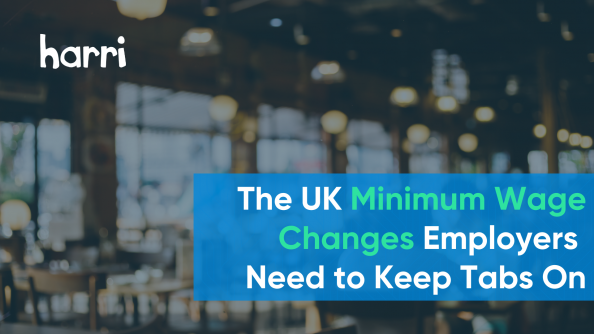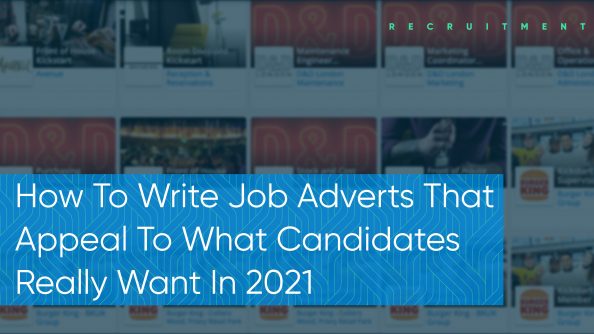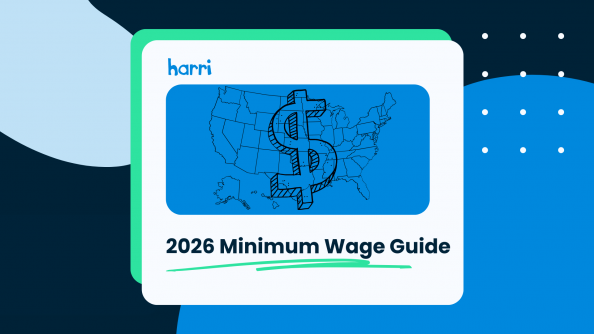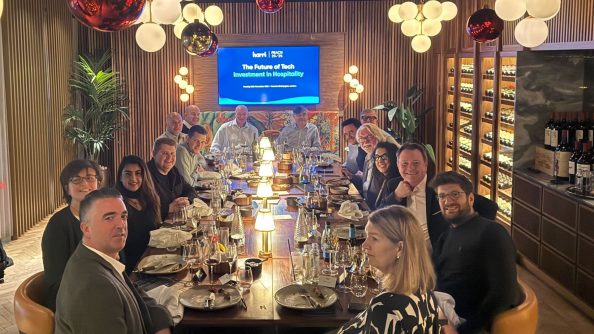The Ultimate Guide on How to Manage Multi-Generational Teams in Hospitality
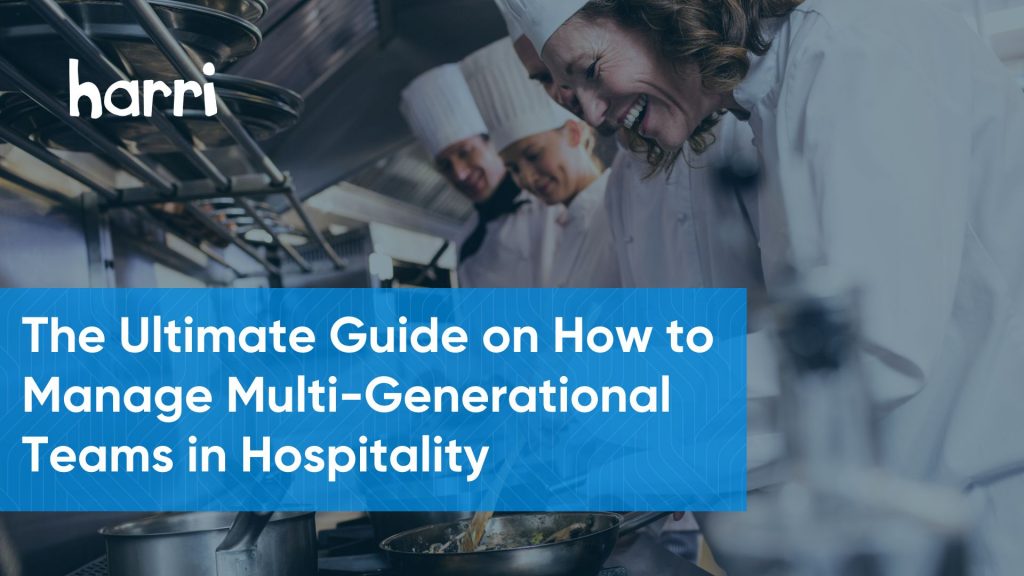
- By Harri Insider Team | June 18, 2024
The dynamics of today’s global workforce are evolving. In most areas, demographic changes are one of the biggest issues facing business leaders. Research shows that more than 8 in 10 global leaders recognize that multigenerational workforces are key to growth – and yet, less than half of those companies include age in their overall diversity, equity, and inclusion (DEI) efforts.
Previous employment practices will not suffice when it comes to managing different generations in the workforce, especially in the service industry. In this article, we will supply advice for managing multi-generational teams in order to enhance productivity, morale, and customer service.
Managing Different Generations in the Workforce
Research tells us that by the end of this decade, at least 35 different countries will have more than one out of five people over the age of 65 – which is a first in the world’s history. This means many workforces will be composed of people over the age of 65, millennials, and the newest generation in the workforce (Gen Z).
Right now, 53% of global executives surveyed do not include age in their Diversity & Inclusion policy, meaning there is more work to be done to maximize DEI in the workforce. Managing a multi-generational team presents unique challenges and opportunities, especially in the service industry, and there is no one-size-fits-all approach. However, there are some best practices for modern organizations to keep in mind. Without doing so, they’ll struggle to drive operational effectiveness, increase competitiveness, and build long-term business resilience.

The Dynamics of a Diverse Workforce
Some best practices to follow in managing a workforce of various ages include recruiting from all age ranges, including age in any DEI initiatives, and offering support on issues specific to older workers (for example, more robust healthcare). Here are some other tips based on specific age groups.
How to Manage Gen Z
An increasing number of Generation Z are entering the workforce for the first time. Managers should create structures that are collaborative and less hierarchical while doing their best to promote work-life balance. According to Deloitte, 49% of Gen Z workers prioritize flexibility and work-life values when choosing an employer.
Managing Millennials
As one of the first groups to value work-life balance, many Millennials had two working parents and found that to be the standard way of life. Additionally, they tend to value collaboration and teamwork and really appreciate feedback and opportunities for growth. Furthermore, it’s important to provide the technology they rely on to do their jobs well – without doing so, they won’t view you as an employer of choice.
Appreciating Baby Boomers
Known for their strong work ethic, it’s important to baby boomers to feel valued, and not ridiculed for being “old-fashioned”. You need to show them how much you appreciate their experience and expertise and be patient while training on new tools and technologies. Furthermore, many baby boomers have increased health costs for themselves and their family members. Robust healthcare plans and perks can go a long way.

5 Steps to Bridge Generational Gaps
The key to managing a diverse workforce is leveraging the strengths of each age group and creating a truly collaborative work environment. Fortunately, today’s technology landscape offers plenty of tools to assist.
Create a Culture of Inclusivity
At the heart of great culture is engagement and communication. Make sure you take advantage of the opportunities to keep your employees in the loop and facilitate conversations.
Harri can help with this by providing extra support to new hires with custom engagement strategies designed for the first 90 days. You can also help employees to celebrate special milestones and share targeted communications by locations, roles, or brands.
Understand the Motivation for Each Generation
Everyone is motivated by a set of values and circumstances. It’s important to understand just what motivates everyone on your team. In general:
- The baby boomer generation is closer to retirement and more likely to be motivated by financial incentives like raises or bonuses.
- Generation X is the original “latchkey generation” and their desires lean toward more work-life balance.
- Xennials and Millennials are more likely to think outside the box and look for not only financial success but a thriving personal life.
- Generation Z are facing economic uncertainty and therefore value job security and the ability to repay debts, such as college loans, while saving a nest egg.
Become a More Flexible Workplace
“Flexibility” and “service industry” are not terms that normally go together, but it’s important to facilitate more autonomy for your front-line workers when you can. Give them more say over their own scheduling and focus when you can, and provide the tools that enable them to communicate with colleagues and manage their own schedule.
For example, you can use Harri’s intelligent schedule software to provide real-time visibility into employee schedules, and they can use the mobile app to manage shift swaps, pickups, alerts, approvals, and more.
Focus on Continuous Learning
No matter the age of your employees, they will value the opportunity to grow and develop – and you can be the hero if you provide options. One suggestion that applies to multi-generational workforces is a nontraditional mentorship program, where mutual mentoring occurs between people from different generations. Then they can learn from each other, for example: a baby boomer can pass on a lot of institutional knowledge, while a Gen Z can help them learn the ins and outs of the software being used to streamline processes. Consider providing these options along with sharing information on classes, training, or networking opportunities that could be valuable to your staff.
Get Everyone Engaged
When people feel excited to be part of their organization, they are more loyal and also more likely to do a great job. You can facilitate these feelings by looking for opportunities to better engage your team.
Harri can help with this in several ways. For example, managers can provide extra support to new hires with custom engagement strategies designed for the first 90 days. You can also help employees to celebrate special milestones and share targeted communications by locations, roles, or brands. You can also use a consolidated app to measure employee sentiment, making sure everyone is happy, as well as to gather feedback, check schedules, and help teams to communicate with each other.
Ready to Empower Your Multi-Generational Team? Contact Harri Today!
Ready to master multi-generational team management? Contact Harri today and discover how our solutions can help you create a cohesive, productive, and engaged workforce.












